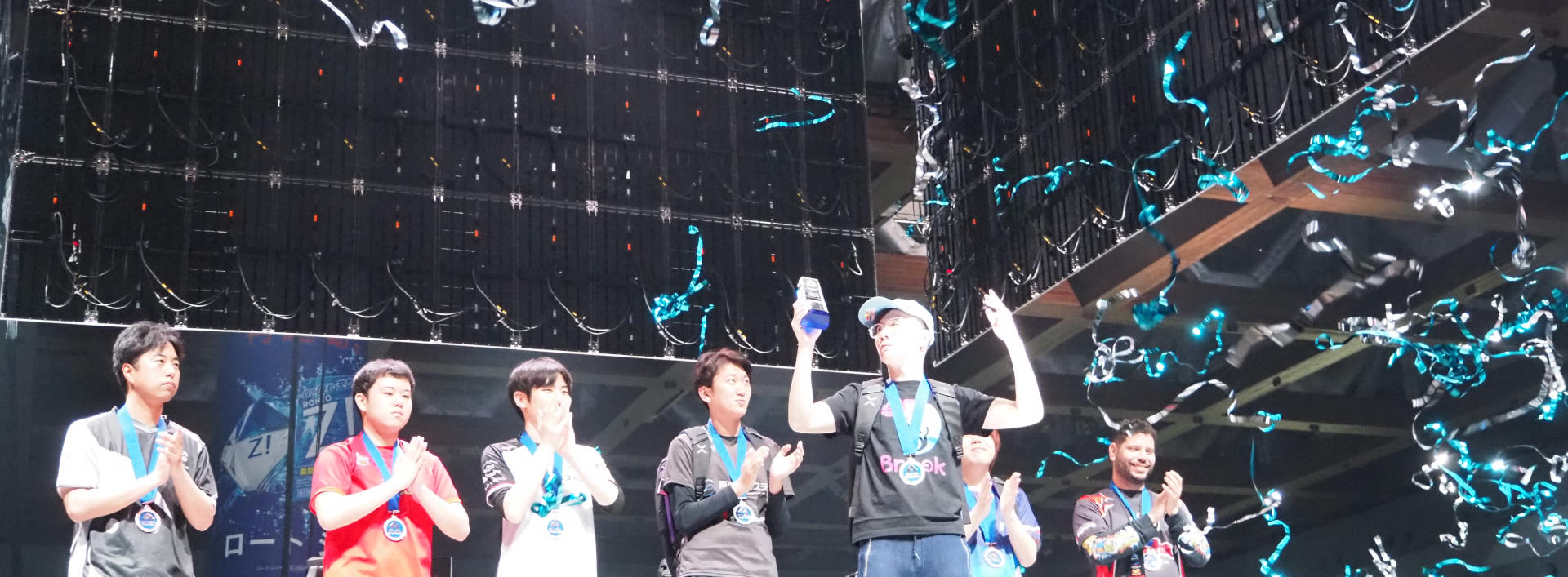My mother-in-law’s laptop is “broken”.
The laptop is a Fujitsu FMV-Biblo MG50S, if you check the page there
you will see there are a few others with similar specs.
I took a look at it last week. A quick check of the hard drive (first
on list of things to check because “I can’t put any more pictures on
it”) and that is the problem: 30GB on a 30GB drive. Nice.
Summary: I hate you Fujitsu. Marketing droids added a hidden
something somewhere (looks like it was hiding on the MBR) that made
Windows see only 30GB of an 80GB drive, and when I did a clone to a
new hard drive (160GB) it showed up as 30GB. So to be clear: when
cloning a drive using CloneZilla, PNG, or Acronis True Image and the
like, if you copied the hidden MBR your new 160GB drive would show up
in Windows as only 30GB, even though the Disk Utilities management
program would show the full disk size.
Absolutely crazy. Click the “Read More” link to read more about this
insanity. For the impatient: do not copy the hidden MBR and you will
be fine. Also, I now prefer Clonezilla to PNG. And the GParted boot
CD rocks. Also, I hate Fujitsu. If you need to buy a new laptop you
really should only consider Apple (coupled with a TimeCapsule) or
ThinkPads. For netbooks, do whatever you want but back them up
somehow.
So I ordered a new hard drive. The laptop is about 2 years old, so
needs an IDE drive. I was able to find a 160GB 2.5″ drive for about
$80, which sounds reasonable to me.
So I went over there this afternoon to do a simple copy and hard drive
swap. I had some extra memory also that I thought I would throw in
there and bring it up to the max 2GB that it can handle.
I’ve used PING (Ping is Not Ghost) in the past to image drives and
restore them. I thought I would give it a go for this job also.
Unfortunately, it looks like in order to do that I need to back the
images to another disk. Hm. So I made a partition on the big drive,
then backed up the 30GB drive onto it (three partitions.)
And wait, what’s this? When looking at the partition table, there is
actually a total of 80GBs on the drive. They threw an 80GB drive in
there, and then for marketing reasons, only shipped it with 30GB!
Those sneaky marketing guys!
Well, after the backup completed (about an hour) I tried to copy the
images onto the extra free space on the big drive. But wait! By
default PING restores back onto the disk that it imaged from. Shoot.
Since the restore started there wasn’t much I could do but wait things
out: about an hour and 50 minutes. Longer than the first backup.
Must be because we’re writing back to the smaller drive, which is
probably slower. (Off to do some shopping, back in a bit…)
I think I can edit some files by hand to make them restore someone
else. But instead, I thought it would be interesting to try to grow
the 30GB NTFS partition on the small drive to the full 80GB size.
That sounds like a job for GParted. Or the live CD version of GParted
anyway. So, booted into that, then expanded the partition. Oh wait,
there are some errors on the drive. Perhaps from the backup / restore
cycle. So back into windows, schedule two chkdsk /f runs. Those
finished. Back to GParted. Expansion completed. Now we should have
70GB to play with instead of 30GB. That will work for a short-term
solution.
So, back into Windows. The Device Manager reports that there is about
74GB or so. Great! But strangely, Windows itself only sees 30GB.
That is crazy!
Just before that, I used Clonezilla to do a direct drive-to-drive copy
from the small drive to the big drive. That was my first time using
Clonezilla, and it seemed a bit simpler than PING. I’m going to
recommend that for copying and backing up from now. I’ll have to try
a few backup and restore cycles with it first, but it is looking
really good to me.
Back in Windows. Even crazier: the large 160GB disk (currently
hanging off of a USB IDE converter) is 160GB in the Device Manager,
but it also only shows up at 30GB. So somewhere in the process of
copying all the partitions from the original drive to the new one it
picked up a setting that says “please ignore the physical size of the
drive, and show us only a certain amount.” Annoying. After poking
around a bit, it sounds like this is due to
DCO and HPA, some sorts of methods that can be used to limit hard
drive sizes. Crazy. It looks like you can play with them in linux
using hdparm, but unfortunately that does not work with USB drives.
Shoot. So that is where I am at now. I think I can use hdparm with
the drive in the machine, so I will try that next.
hdparm did not seem to report the correct thing on the drive:
$ hdparm -N /dev/sda
/dev/sda’
max sectors = 156301488/5306544, HPA setting seems invalid
That doesn’t sound right.
Here is another page that lists HPA issues for Dell machines.
Seatools for Windows.That didn’t work well. It was able to show some
information about the drive, but in the end I didn’t see a way to make
it show any kind of limiting information. The drive in there now is a
Fujitsu drive though, so that could be why.
So, let’s try the hitachi tool. That didn’t seem to work. It
reported the drive as 80GB. Windows does see the 80GB drive, but when
I extend the partition to 80GB, it doesn’t see that. So there might
be something else going on.
This is really starting to get on my nerves. I am going to do a
recovery install from my Windows XP disk. So I deleted the initial
two strange partitions that I don’t know about – because they bother
me – and then did a re-install of Windows over the existing
installation.
So even after all of that – which also reverts the windows install to
English since that is the only install disk that I have around – the
drive is still 30GB. During the install process it sees a 80GB
partition. But when you boot into windows after the 1.5 hour process,
it shows up at 30GB. The Disk Management tools also see an 80GB
partition, but confusingly report it as 30GB when you check the
properties pane.
So this time I am going to wipe the partition entirely and re-install
Windows fresh from my English XP install disk. If that doesn’t work
then I will try to screw around with a few more HDA options on the
hard drive, even though hdparm reported those as non-sensical and
probably not working. This is insane.
Turns out that a wipe and install makes the hard drive show up at
80GB. That means that Fujitsu is doing something crazy in Windows to
make the hard drive show up as 30GB. This is very bad news because it
means I would have to find out what they are using to make the hard
drive show up as only 30GB. That sounds really hard to me. Just
extending the partition did not make it work, so maybe there is some
registry setting or something strange like that. Since the setting
was preserved on a hard drive clone, I can’t easily copy the contents
of the old hard drive to a new hard drive (unless the setting is
somewhere in the bootloader or hidden partitions.)
This is extremely frustrating.
A breakthrough! Using Clonezilla to restore the internal hard drive,
when doing the restore I told it to skip the “hidden MBR” stuff. I
didn’t expect that to actually work – all I wanted to do was to
restore the internal drive to the limited 30GB state and then do an
image, and try wiping the drive and recopying only the partition from
the image with the data. But when I rebooted, the small 30GB disk
magically showed up at 80GB (or close enough to count.) Wow.
So now I am re-imaging the internal disk onto the external (160GB
disk), will then use GParted to resize the 80GB main partition to as
large as it will go, and then see if I can boot from it while it stays
external. If that works, I’ll crack open the laptop, swap the hard
drives, and add a gig or two of RAM (since I have extra RAM sitting
around.)
Looks like I can’t boot from an external USB drive. Boo. So I will
have to just try to swap things out and hope that it all works.
First up: is it easy to swap out hard drives on this thing?
I was not able to find any manuals on this thing. I love ThinkPads:
they have great manuals available that show how to change out every
part. Just amazing. Not so for this laptop. I started unscrewing
thing, and playing around. Eventually I got the hard drive bay
exposed. Turns out you only need to remove 5 screws (two on the
memory cover, three on the plastic bit that covers the hard drive and
CPU assembly. I unscrewed about 14 screws and pried a few things
open, made a few bad plastic cracky noises… Probably not good.)
After swapping out the HD and putting two 1x1GB sticks that I had
leftover from upgrading my Mac (or the ThinkPad T60p or the ThinkPad
X60, none of which are my own computers – they are all from my
previous job…) and a reboot, the thing actually booted up. It said
that it had 2GB of memory, up from 512MB, and an 80GB drive, up from
30 (but really 80…)
I rebooted in the GParted CD, expanded the main partition to the full
160GB, and rebooted. Things looked good.


Leave a Reply